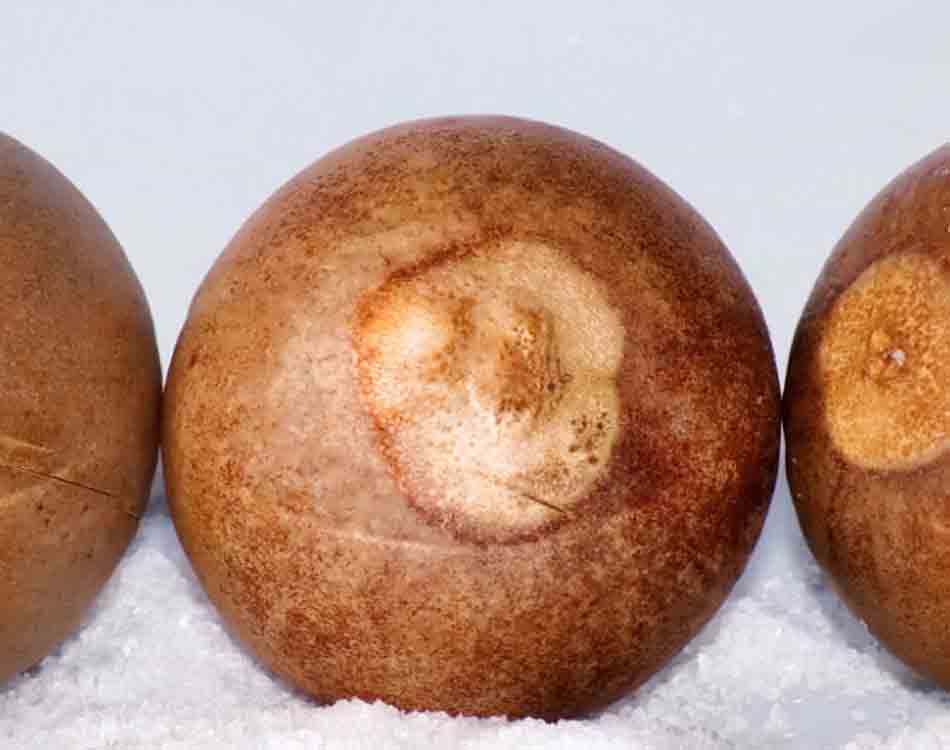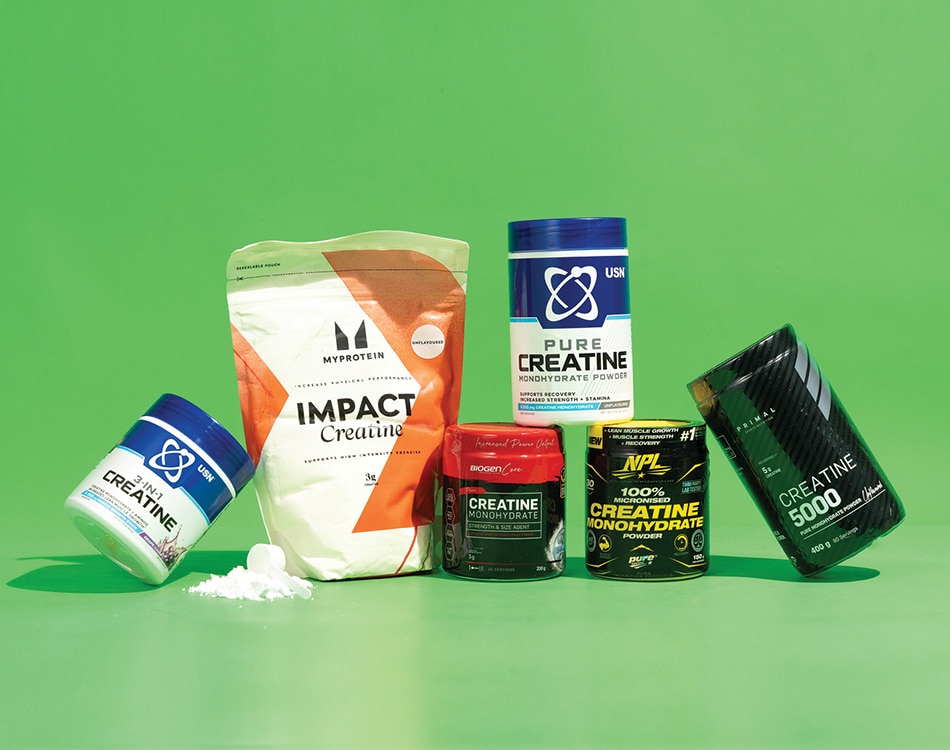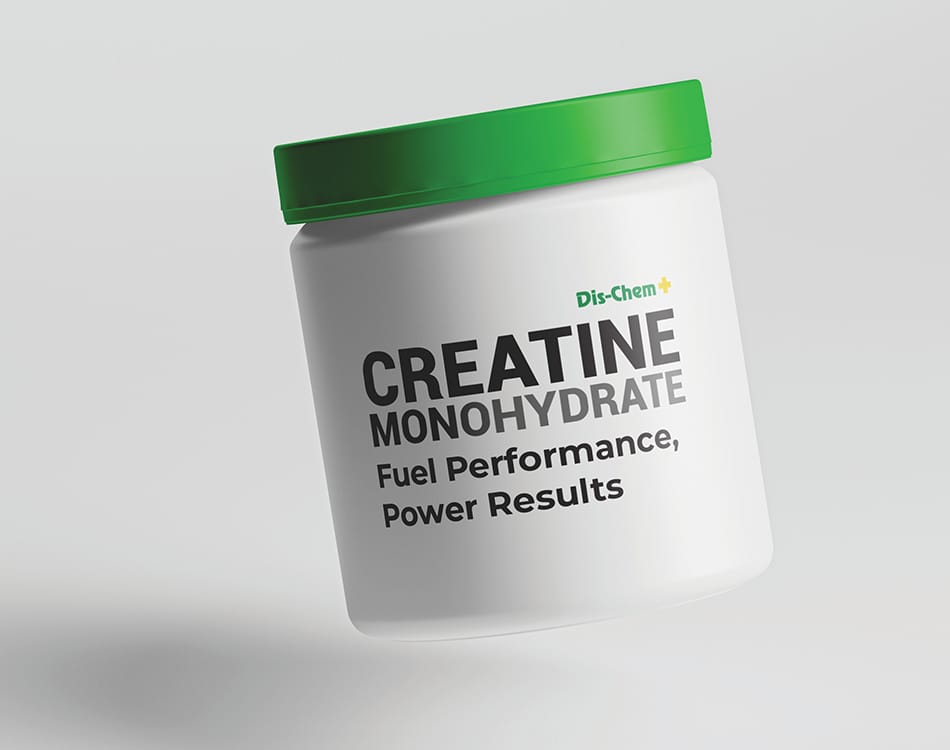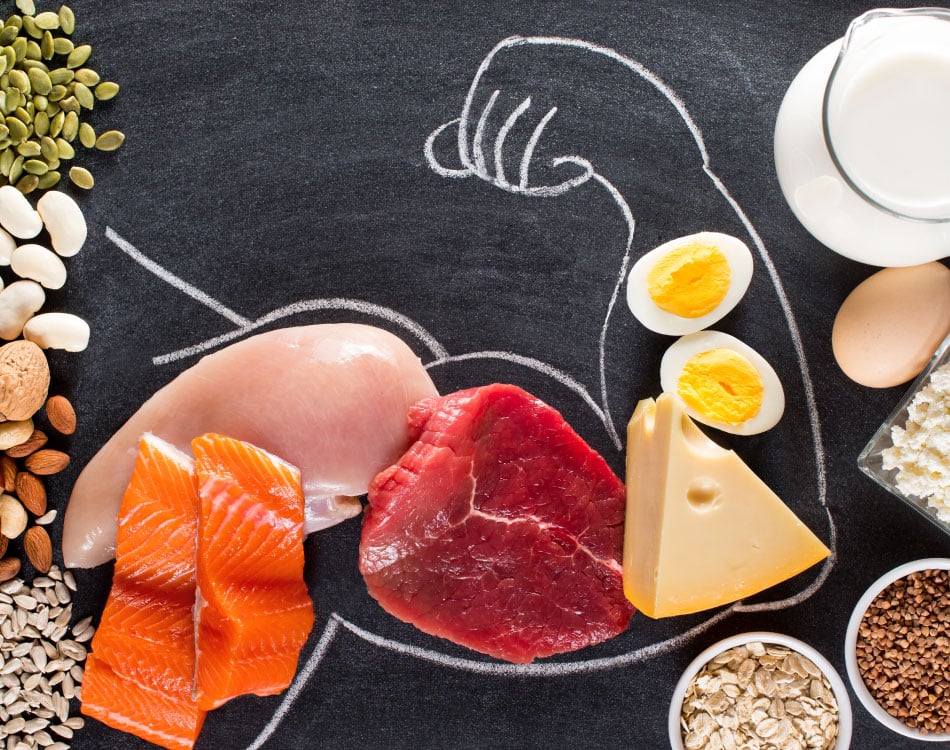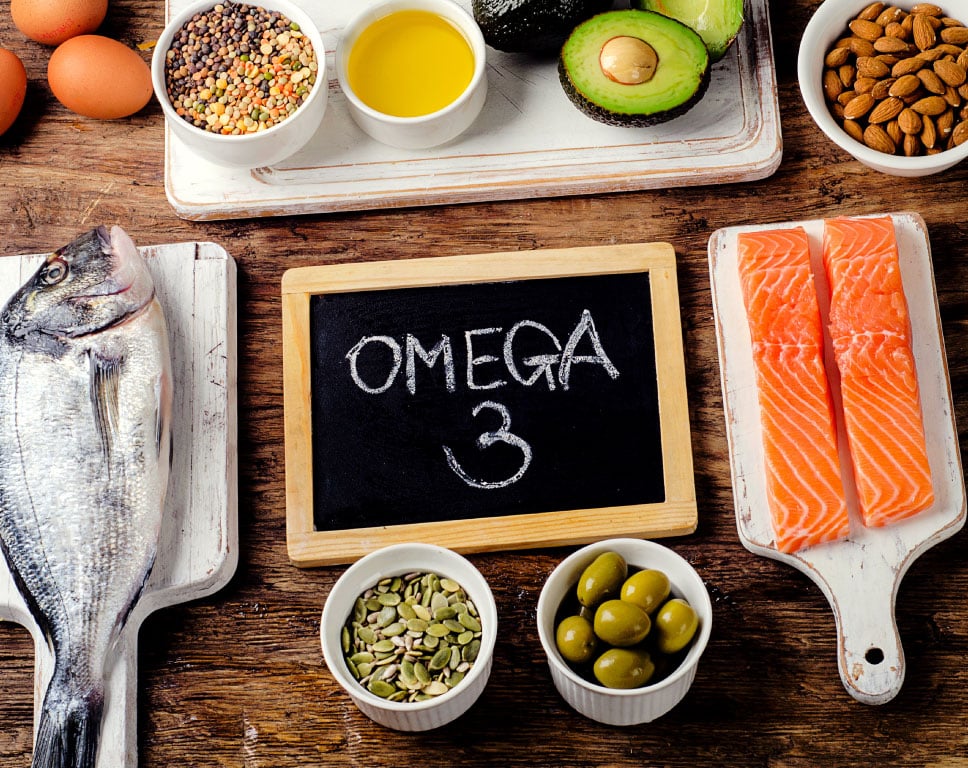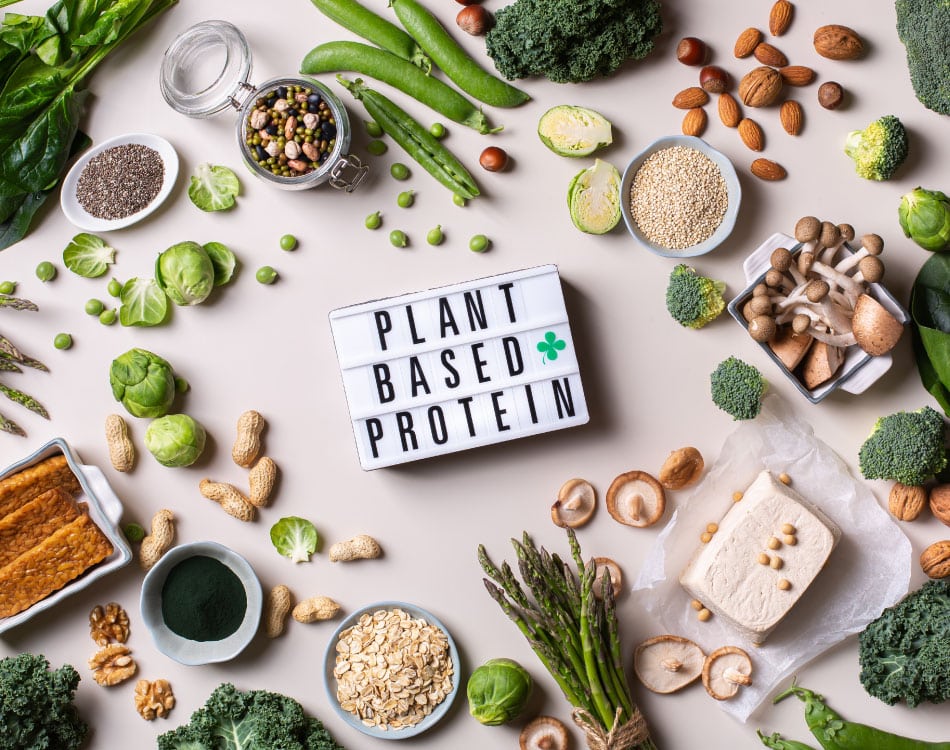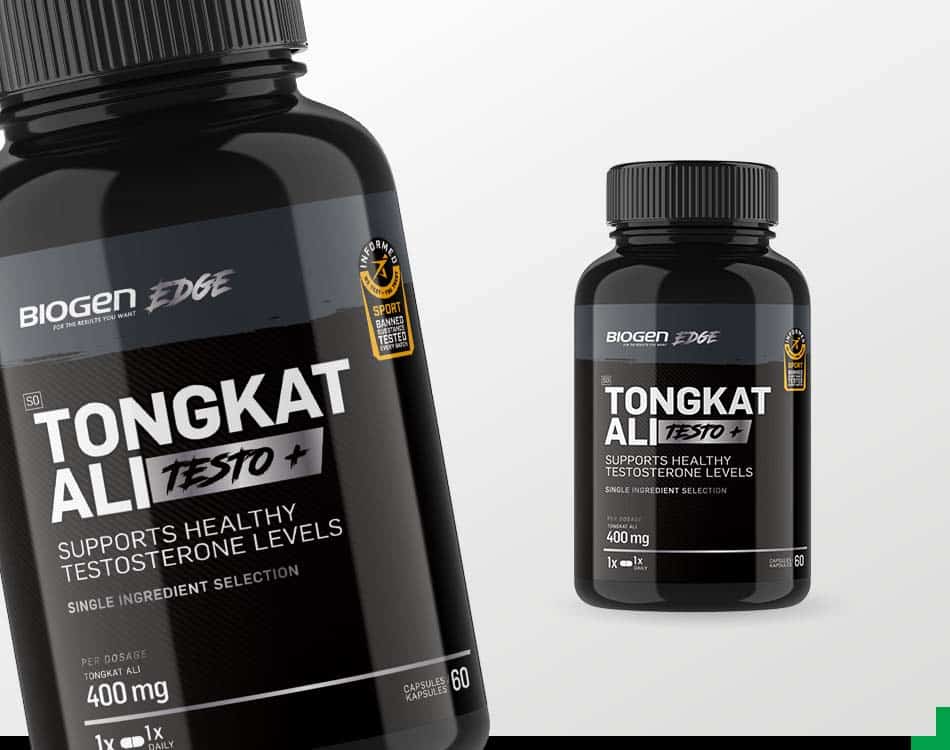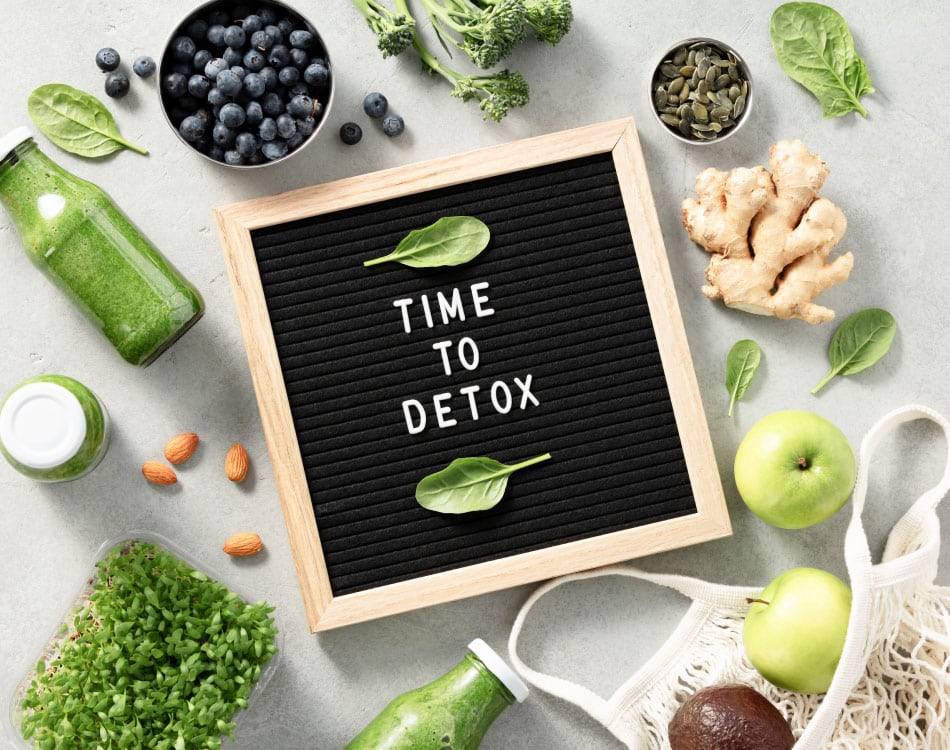In our attempts to lead healthier lives, increase our energy and vitality, and enhance our performance and physiques, many of us reverting to a diet full of natural whole foods.
It’s a great decision – they’re packed full of important vitamins and minerals, along with fibre, enzymes, and all the important nutrients our bodies need to flourish.
Leaving less to waste
While including more of these foods in our diet already delivers innumerable benefits, they still have much more to offer us.
To get the most nutritional value possible from these foods, try including a few of the parts that are usually discarded in the food preparation process.
We spoke to two of South Africa’s leading proponents of natural eating to get their tips on how to get every bit of nutritional goodness from the foods you eat and reduce food waste at the same time…
#1: Sweet potato skins
According to Matthew Ballenden, founder of Fresh Earth, the skins of sweet potatoes contain a number of additional nutrients.
These nutrients include:
- Fibre
- Beta carotene
- Vitamin C
- Vitamin E
- Folate
- Potassium
- Iron
“It is therefore highly beneficial to eat your sweet potato with the skin. Scrub them well first to remove any dirt, then cook according to preference”, suggests Matthew.
You can also bake your sweet potato skins with olive oil and, once soft, smother them in guacamole.
“At home, we often brush our sweet potatoes clean, halve and score, brush liberally with olive oil and bake for 30–40 minutes at 180°C. We then top the halves with our very own basil pesto or homemade hummus. It’s both a delicious and nutritious meal.”
#2: Stems, stalks and leaves
Antonia De Luca, founder and owner of Leafy Greens Café, explains that the stems, stalks and leaves of many root vegetables are often discarded, yet they often contain most of the nutritional value.
“Take carrot tops as an example. Research shows that the carrot top has more nutritional value than the orange root, and there are fewer carbs and none of the natural sugar in that part of the carrot. The tops of younger carrots can also be cut up and included in salads for extra flavour. The same applies to beetroot tops.”
Matthew agrees, adding that a salad made with the stalks of cauliflower and broccoli and the leaves of beetroot, celery and radish is a great way to cut down on food waste while also giving your meal a nutritional boost.
“In fact, broccoli stalks contain more fibre, vitamin C and calcium than the florets we’re used to eating”, states Matthew.
“Furthermore, while the celery stalks are full of fibre, by throwing away the leaves – the real nutrient powerhouses – you’re missing out on beneficial sources of magnesium and calcium, in doses five times greater than those contained in the stalks. Similarly, beet greens are also richer in antioxidants, fibre, calcium, and iron than the sweet bulb we’re used to eating.”
Strawberry leaves are another great option as they contain tannins. These biomolecules bind to proteins, amino acids, alkaloids and other compounds with a low pH that may place excess stress on your digestive system. Strawberry leaves may, therefore, help alleviate gastrointestinal discomfort, reduce symptoms of nausea, bloating, stomach cramps and diarrhoea. They also contain essential minerals and vitamins that may offer a wide range of benefits. Strawberry leaves are also often used to brew tea.
A few additional ways you can add leaves and stems to your diet include:
- Broccoli and swiss chard stems make a great base for stir-fries.
- Collard, kale or parsley stems are ideal for use as a soup stock.
- Add the stems and leaves from various fruits and vegetables to your smoothies, or you can juice them to extract their nutritional goodness.
#3: Peels and skins
Antonia suggests making full use of the skins of numerous fruits and vegetables before tucking into the fleshy parts inside.
“At Leafy Greens Café we make a wonderful preserve with lemon or orange peels. I preserve it with xylitol and use it to make the most delicious desserts with dairy-free and sugar-free ice cream. We also use lemon or orange zest to enhance the flavour of other dishes”, she adds.
For those who love to bake, try sprinkling the zest of an orange into a cookie or muffin recipe for a unique burst of flavour. The skins from these citrus fruits contain bioflavonoids, which are powerful antioxidants.
#4: Avo pits
We all love avocados. In fact, many consider them to be a superfood due to their healthy fat content, and a few slices go perfectly with just about any whole food meal. But it’s not just the soft, green, tasty flesh of the avo that can give you a nutritional boost.
Believe it or not, the big, hard pit (also known as the seed or stone) in the middle also has a lot of value to offer, so think twice before you throw it away or compost it.
Over 70% of the all antioxidants found in avos are contained within the seed. A study on the benefits of avo seeds conducted at Pennsylvania State University found that the phenolic antioxidant compounds in the seeds may lower high cholesterol, high blood pressure, reduce inflammatory conditions and diabetes, and boost your immunity.
The seeds also contain a phytochemical known as flavonol, which is another potent antioxidant.
The seeds even have insecticidal, fungicidal, and anti-microbial properties. This is attributed to the catechins and procyandins it contains, which are beneficial compounds that have anti-inflammatory properties that help to reduce pain, swelling, and joint stiffness.
In ancient medicinal practices, avo seeds were even used to treat dysentery and gastric ulcers.
They’re also a rich source of fibre. In fact, an avocado seed contains more soluble fibre per gram than almost any other vegetable.
The easiest way to include the avo seed in your diet is to shave or grate it and include it in salads or as an edible garnish. You can also crush it up or slice it and include it your favourite smoothie recipe.
#5: Pulp
One of the main concerns regarding juicing is that you lose much of the fibre contained in the fruits and vegetables used.
However, Antonia has a unique solution. “I keep the pulp to make tasty crackers by simply adding seeds and grains. I’m left with a healthful snack option that goes great with homemade spreads like hummus or guacamole, and they’re packed full of fibre to enhance digestion.”

